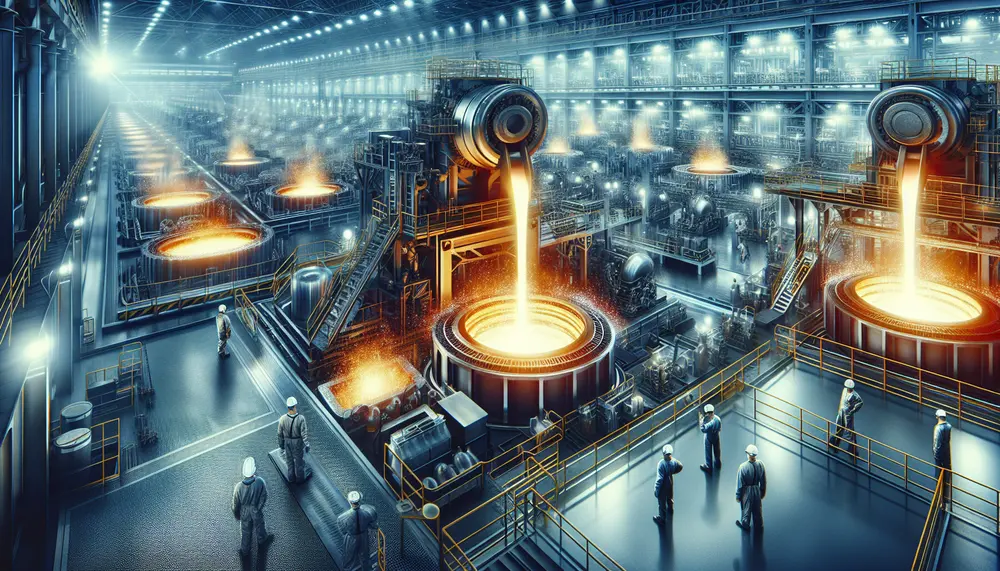Carbon Footprint
Carbon Footprint
Was ist der Carbon Footprint?
Beginnen wir mit der Grunddefinition. Der Carbon Footprint – oder CO2-Fußabdruck – ist die Gesamtmenge an Treibhausgasen (vornehmlich Kohlendioxid), die von einer Aktivität, einem Individuum oder einer Organisation direkt oder indirekt erzeugt wird.
Carbon Footprint und die Stahlproduktion
Die Steel Production spielt eine große Rolle beim Carbon Footprint. Bei der Stahlproduktion werden massive Mengen an Energie benötigt, wofür meist fossile Brennstoffe verwendet werden. Dadurch kommt es zur Emission von Treibhausgasen. Der Carbon Footprint der gesamten Stahlindustrie ist enorm.
Carbon Footprint im Stahlhandel
Auch der Steel Trade hat einen Carbon Footprint. Dieser entsteht jedoch nicht durch die Produktion, sondern vielmehr durch die Logistik. Beim Transport von Stahlwaren, egal ob per Schiff, LKW oder Flugzeug, fallen ebenfalls Treibhausgase an.
Reduzierung des Carbon Footprints in der Stahlindustrie
Die gute Nachricht ist, dass es Möglichkeiten zur Reduzierung des Carbon Footprints in der Stahlproduktion und im Stahlhandel gibt. Dazu gehören der Einsatz von grüner Energie in der Produktion, der verstärkte Einsatz von Recycling-Stahl und die Optimierung der Logistik im Handel. Es ist von großer Bedeutung, dass die Stahlindustrie ihre Anstrengungen zur Reduzierung des Carbon Footprints intensiviert, um zur globalen Klimaerwärmung nicht weiter beizutragen.
Blog Posts with the term: Carbon Footprint
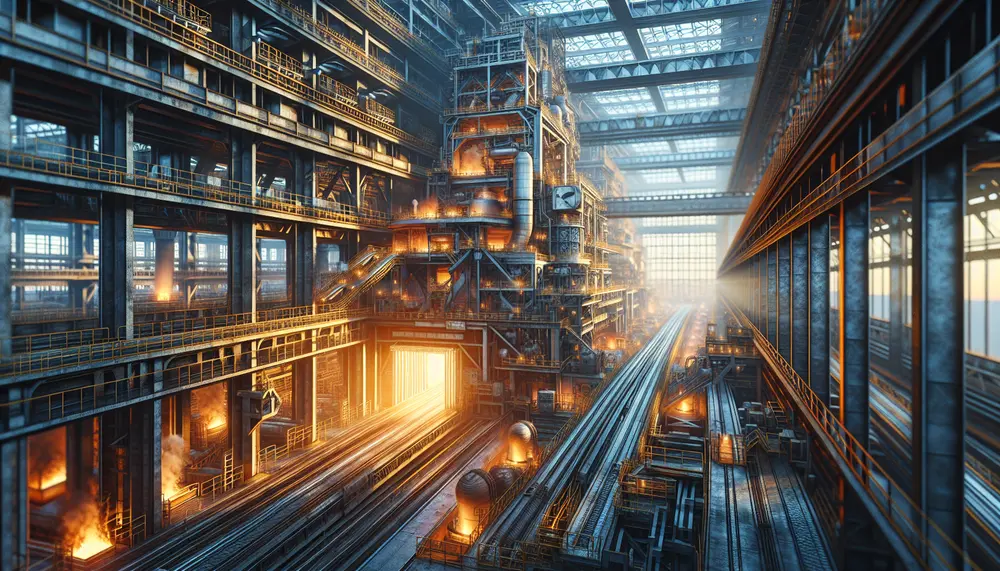
Steel making is a sophisticated process that turns iron ore into steel, involving methods like the Blast Furnace and Electric Arc Furnace to produce various grades of steel. The industry emphasizes sustainability by using additives and recycled materials while ensuring...
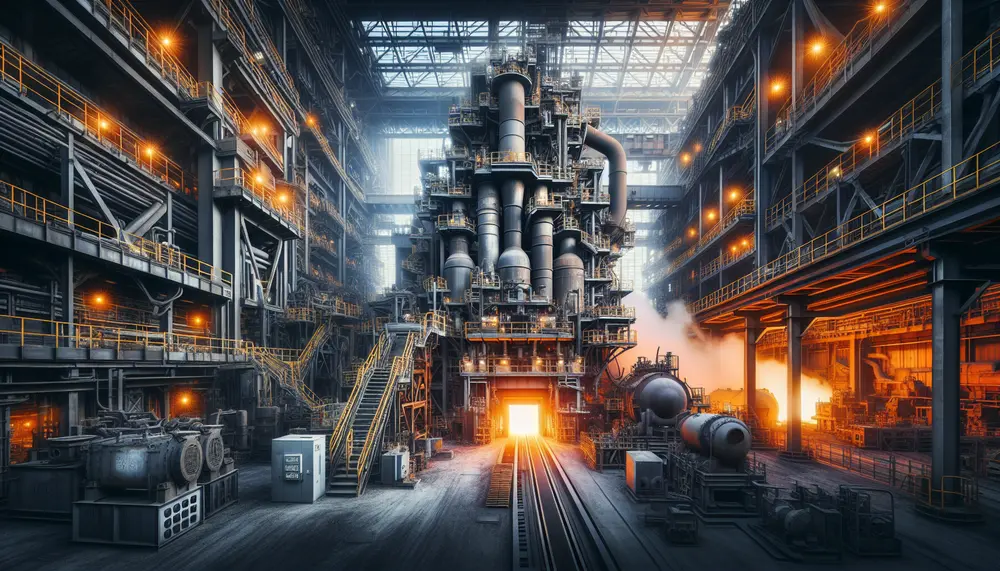
The article provides an overview of the two main steelmaking routes: blast furnace (BF) and electric arc furnace (EAF), detailing their processes, economic considerations, environmental impacts, and technological advancements. It compares BF's large-scale production with high carbon emissions to EAF's...
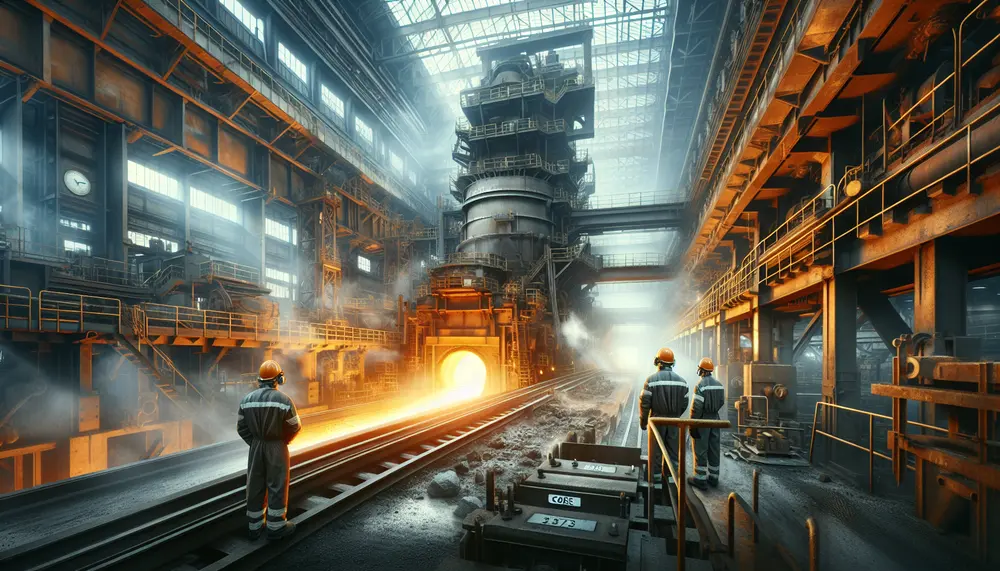
Coke is crucial in steel production, providing heat and chemical reactions for smelting iron ore while also structuring the blast furnace. However, its use emits pollutants and CO2, contributing to environmental concerns....
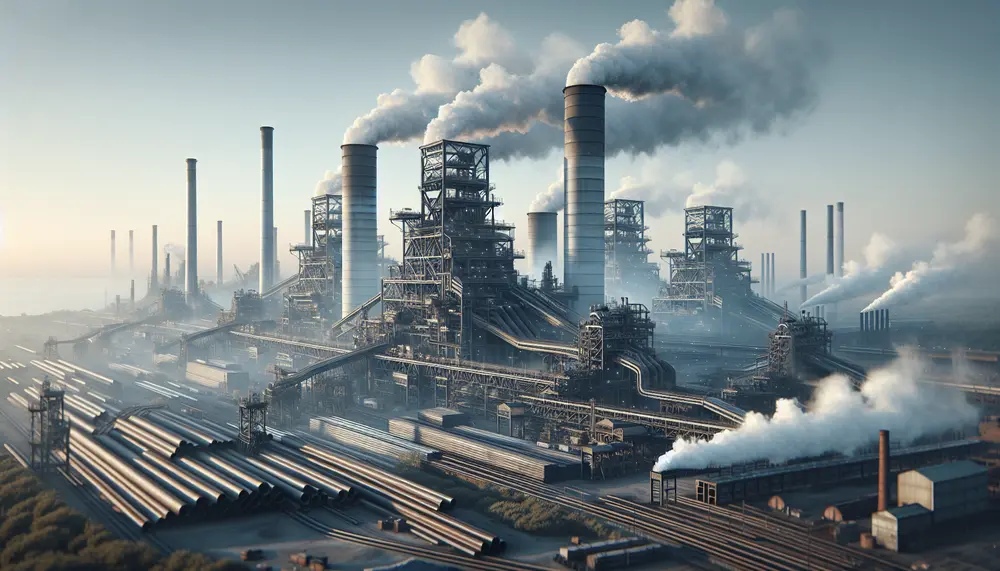
Steel production in France has grown due to technological advancements, increased demand, and strategic investments despite challenges like environmental regulations and market volatility. The industry's history shows a pattern of expansion post-WWII, peak production in the 1970s, followed by decline...
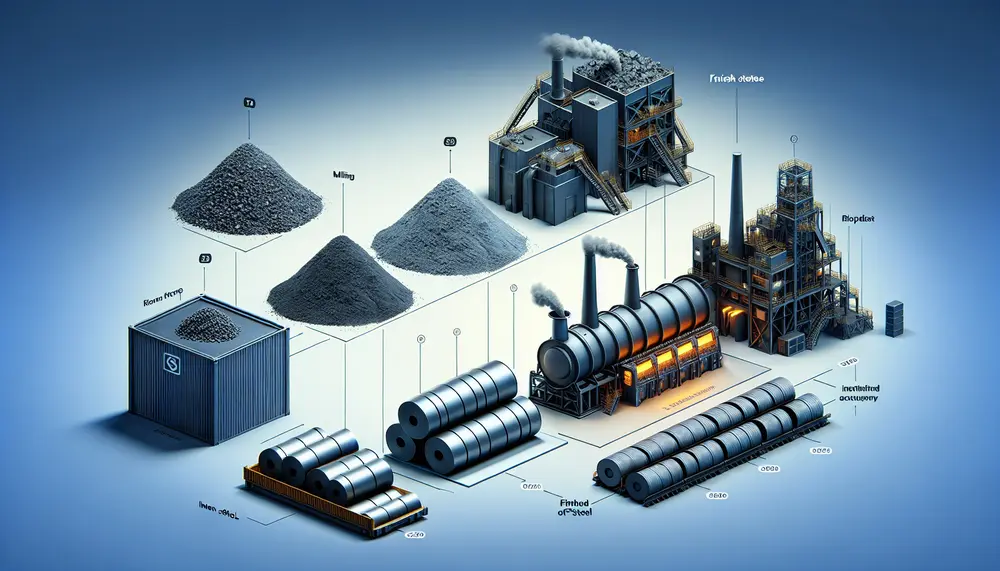
The steelmaking value chain is a complex process that transforms raw materials like iron ore, coking coal, and limestone into high-quality steel through strategic steps involving technological innovation to optimize efficiency and reduce environmental impact. Understanding this value chain helps...
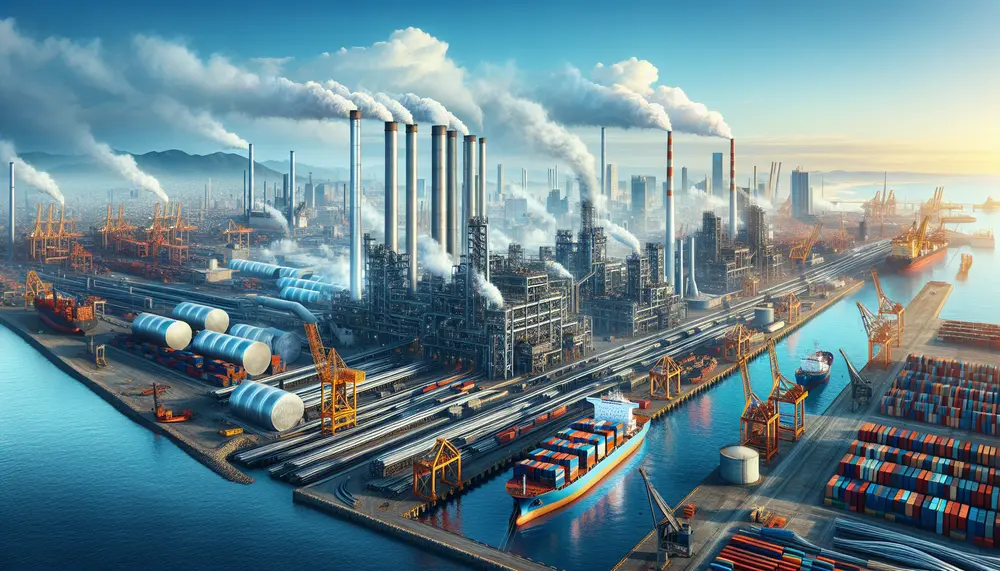
Mexico's steel industry has grown significantly due to rich resources, strategic location, skilled workforce, and modern technology. Challenges include high energy costs, competition from lower-cost countries, price fluctuations, and environmental concerns....
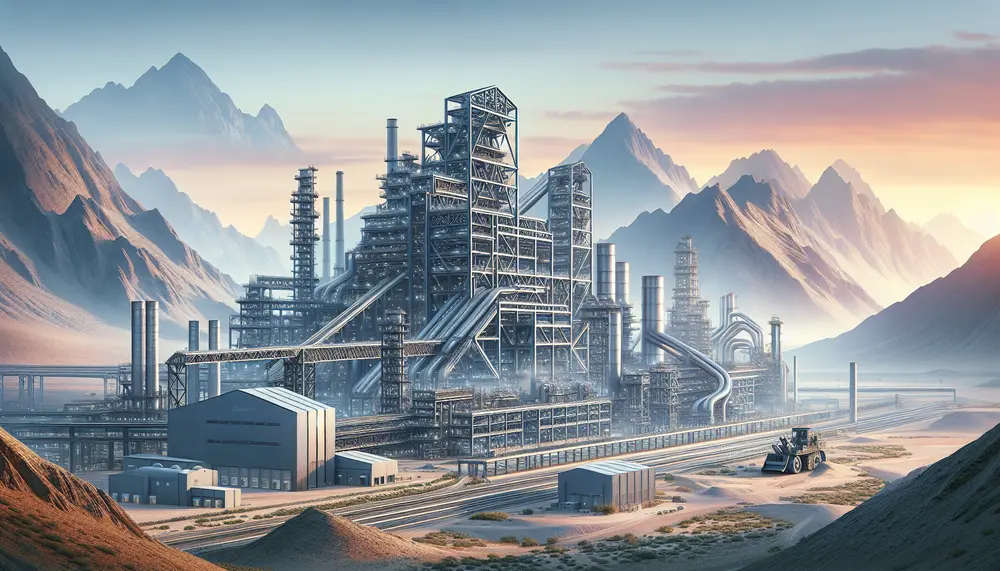
Oman's steel production has seen significant growth, contributing to the nation's GDP and infrastructure development. Strategic expansions have increased capacity to over 2.4 million tons, with key players like Muscat Steel Industries Co. LLC driving this dynamic sector forward through...
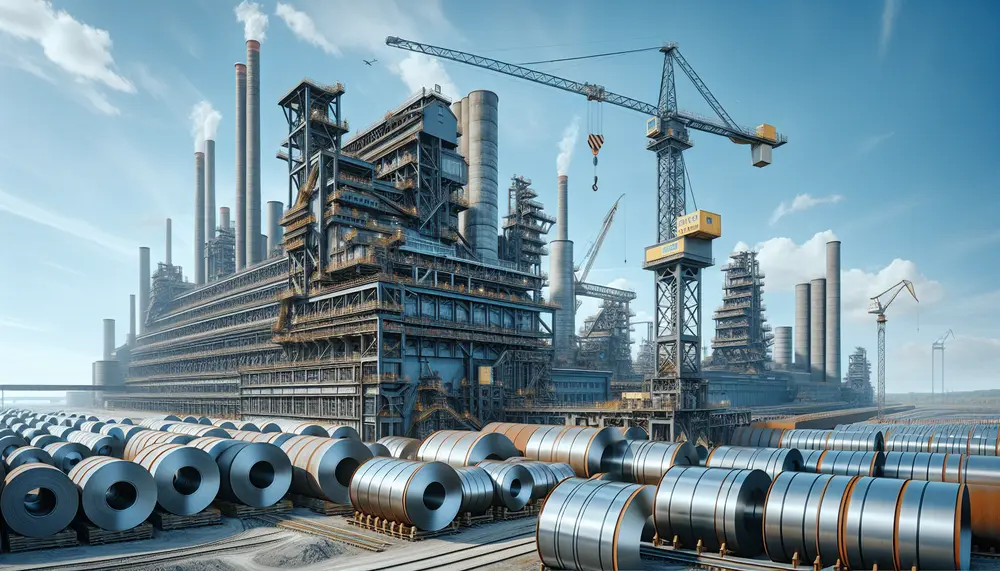
The steel industry in the Netherlands is integral to its economy, known for innovation and sustainability, with a focus on high-grade production used across various sectors. The Dutch sector's evolution has been shaped by historical shifts and strategic investments like...
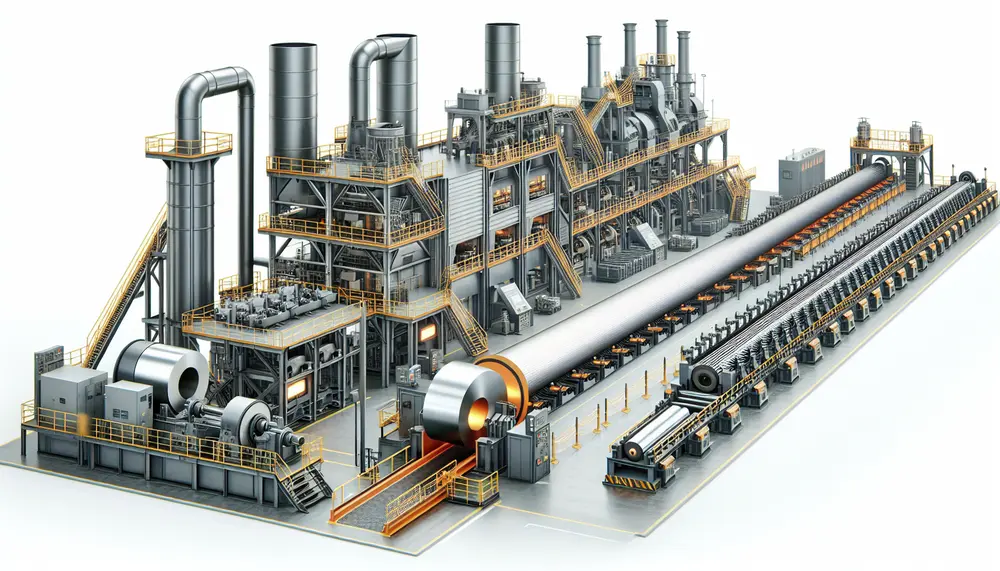
Steel manufacturing is a complex process that transforms iron ore into steel, involving precise heating and mixing to create different grades for various applications. The journey includes primary methods like Basic Oxygen Steelmaking (BOS) and Electric Arc Furnace (EAF), followed...
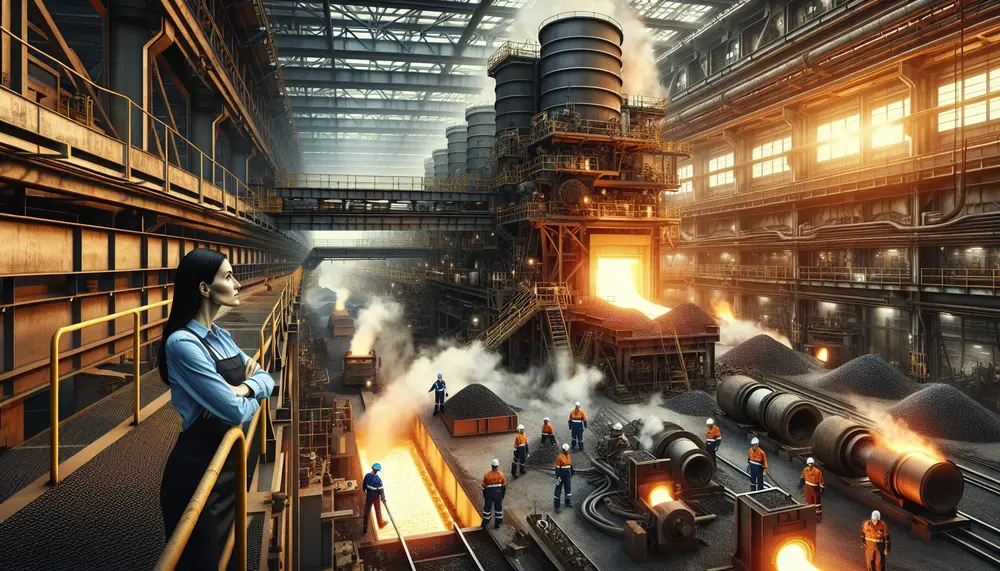
The article "Introduction to Steelmaking from Pig Iron" explores the historical and modern processes of transforming pig iron into steel, including methods like the Bessemer Process, Basic Oxygen Steelmaking (BOS), and Electric Arc Furnace (EAF). It highlights the importance of...
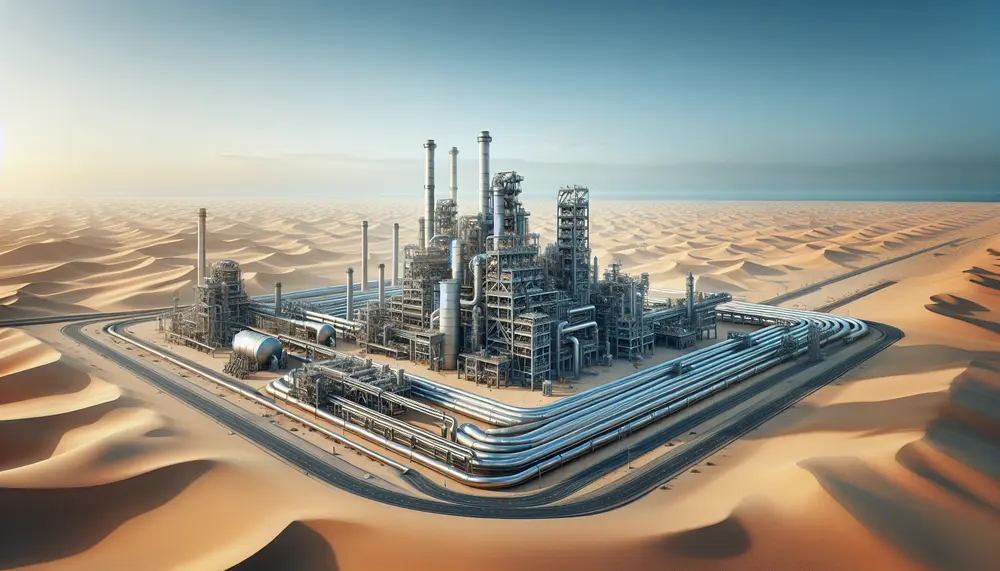
Kuwait's steel production is on the rise due to government initiatives, modernized facilities, and strategic location for trade. This growth supports economic diversification and attracts investment but also raises concerns about environmental impact and resource usage....
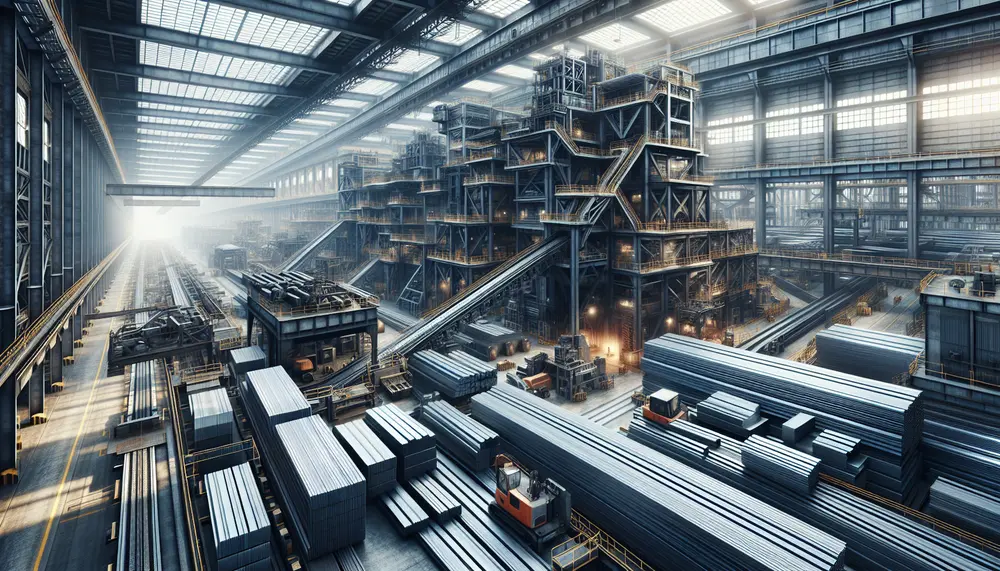
Key Performance Indicators (KPIs) are crucial for the steel industry, guiding operational improvements and aligning business objectives with market demands. They include metrics like energy consumption rates and CO2 emissions, which help companies increase profitability while adhering to sustainability goals....
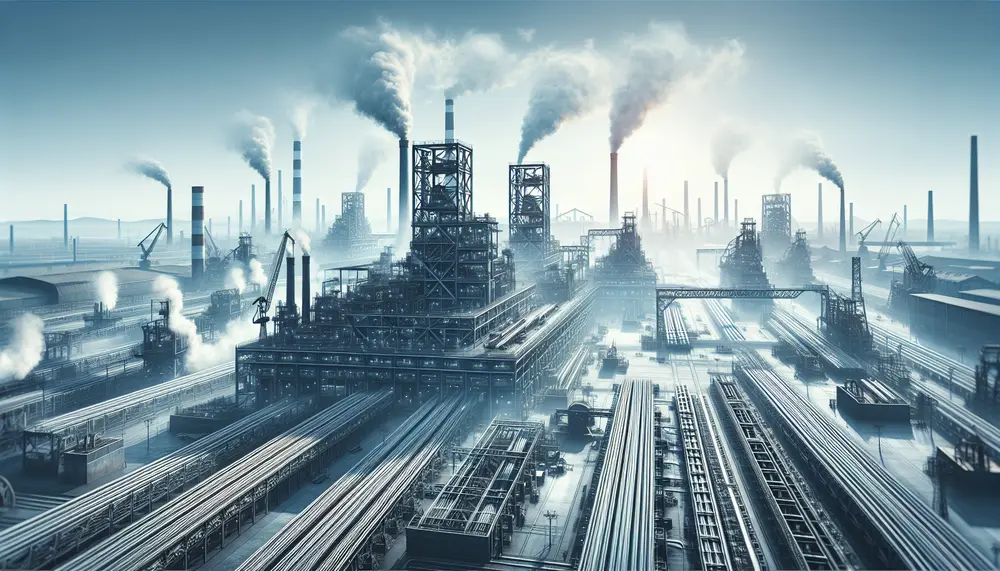
Steel production in the United States varies by state, reflecting unique resources, workforce skills, and industrial strategies; key states like Indiana, Pennsylvania, Texas, and Ohio lead due to factors such as natural resource availability and technological innovation. Mini-mills have revolutionized...
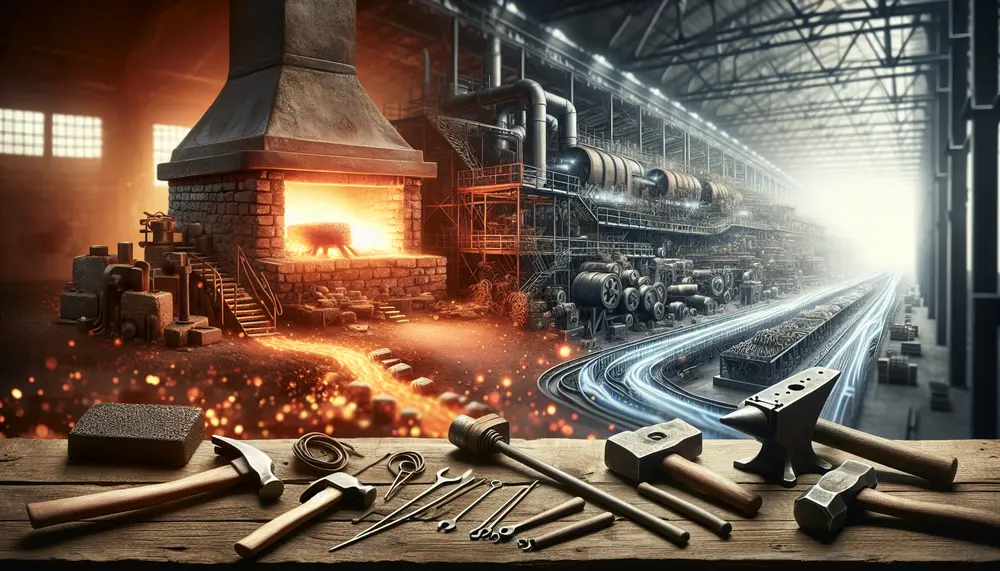
Steel's origins trace back to meteoric iron and evolved with human discovery of smelting around 2500 BCE, leading from the Bronze Age into the Iron Age. The Bessemer Process in the mid-19th century revolutionized steel production, enabling mass production and...

